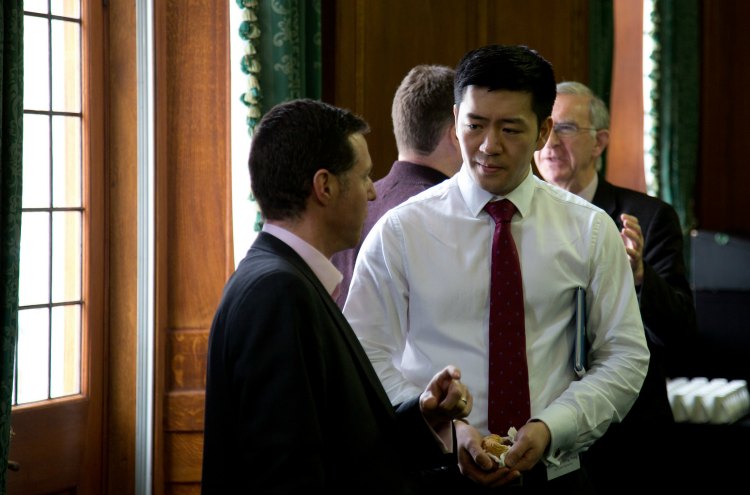
In sports, teams call time outs. They do it when they want to think through their next move or when they want to stop the clock. You can do the same thing when running a meeting. There are at least four instances during a meeting when taking a break is a smart move.
Butts and Bladders
The first one is the obvious. People have been sitting too long and need to get up and move. After receiving my appointment to a city commission, I showed up at my first meeting. It lasted four hours, without a break! By the end my chair was no longer my friend. Focusing on a meeting and focusing on one’s butt and/or bladder are mutually exclusive. And we all know which one loses when they both demand our attention. My rule is two hours max without a break. For long meetings, 60-90 minutes between breaks is better.
Transitions
A second time to use breaks is as a transition between major accomplishments. After completing one activity take a break, even if it is just for a few minutes to stretch. This does three things.
- It reinforces the fact that the group has just accomplished something. This is always a good thing, especially since most people believe meetings are a waste of time.
- It serves as a reward. People like breaks. Give them one when they’ve earned it.
- It helps people clear their minds of the previous task. Take the example of when you just finished evaluating an idea. Now you want to move to a more creative activity. The break will help you shut down the critical parts of the participants’ brains and engage the idea-generating parts.
Need a Plan
The third reason is when you need time to figure out what happens next. Perhaps the team has come to an impasse and everyone, including yourself seems a little unsure of how to proceed. This is a perfect time to walk away from the table for a bit. Doing so relieves the pressure of having to pull the rabbit out of a hat when everyone is staring at you. It also gives people a chance to have some informal conversations at break that might help solve the problem. This is most likely to happen if you plant a seed by saying, “We need to figure out what makes most sense in terms of how we move forward. Let’s take a break and give that a little thought.”
Tempers Flaring
There is a last situation when taking a break makes sense. When things start getting too hot and everyone needs to cool down a bit.
Hopefully this a rare occurrence in the meetings you lead, but sometimes a fight breaks out and after doing everything you can think of to restore order, you run out of options. Call a break.
Here’s my caution, though. Don’t call a break just because things get uncomfortable. Often, the uncomfortable conversation is exactly the conversations that needs to happen within a group. The trick is understanding the difference between a hot situation that is productive and one that is not.
Take Breaks
The break is an important and useful tool that you should use when running longer meetings. In sports, you’ll rarely see a coach criticized for calling time-out. There is plenty of criticism directed at coaches that didn’t call one when it was obvious to everyone else it was needed.
